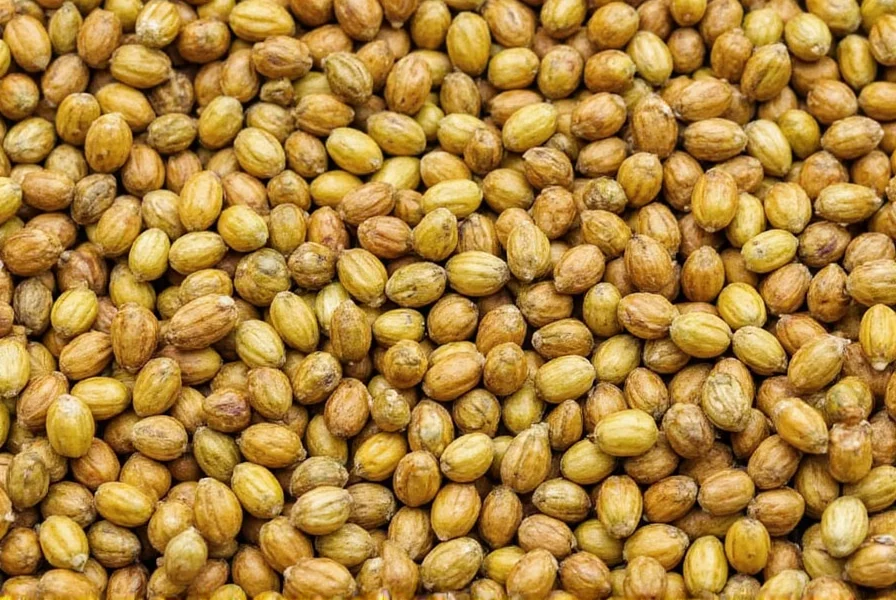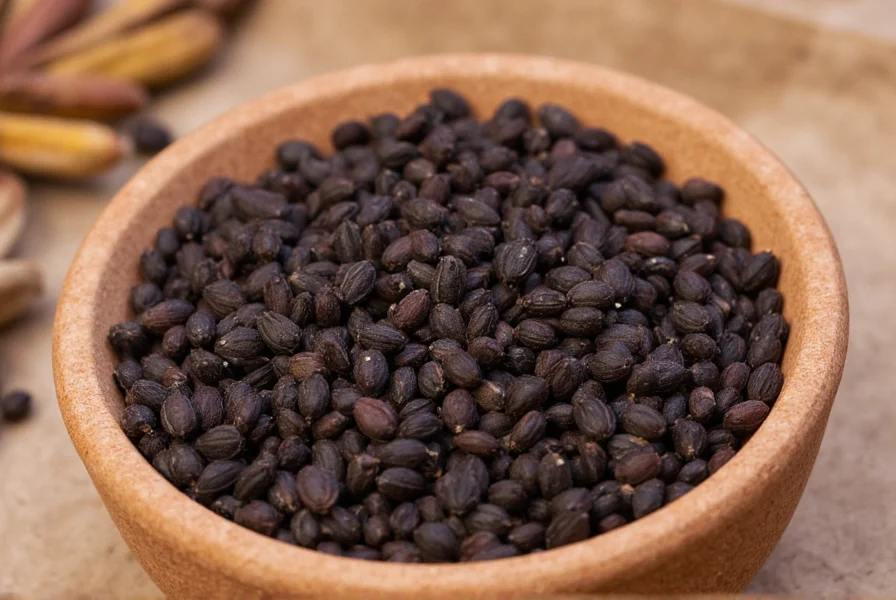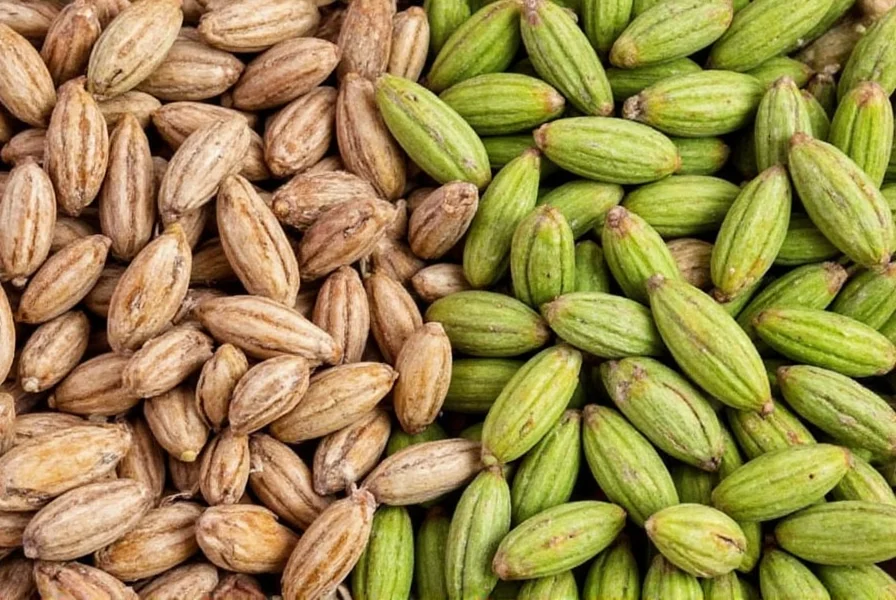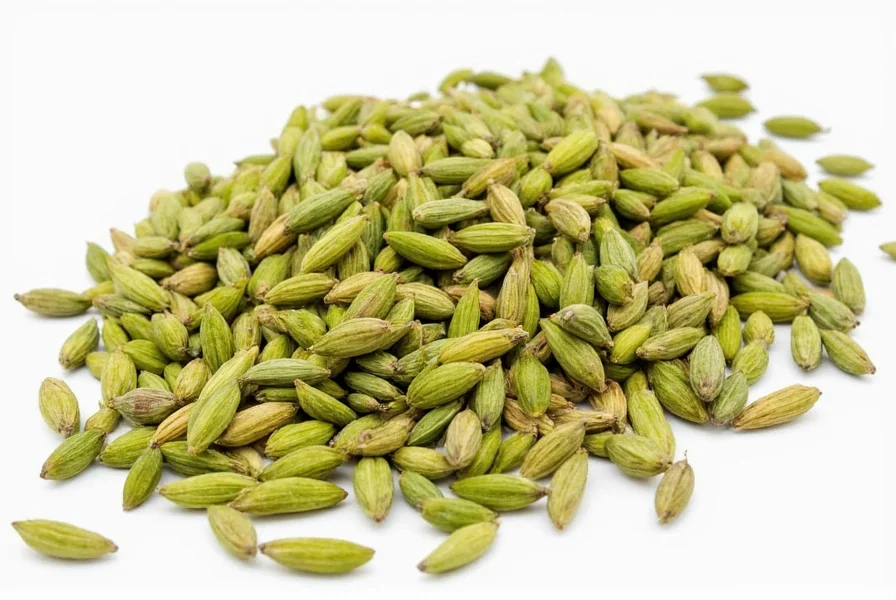The color of cardamom pods is a crucial indicator of freshness, quality, and flavor potency. This guide explains how to interpret cardamom shades to choose the best spice for your recipes, including differences between green and black varieties, buying tips, and storage advice.
| Type | Color | Aroma/Flavor | Common Uses |
|---|---|---|---|
| Green Cardamom | Fresh green to light olive | Sweet, floral, citrusy | Baked goods, desserts, chai, Middle Eastern cuisine |
| Black Cardamom | Dark brown to almost black | Smoky, camphor-like, earthy | Curries, meat dishes, Indian garam masala blends |

Decoding Cardamom Color: What Each Shade Tells You
Cardamom color directly reflects its freshness, processing quality, and oil content. Here's how to interpret key color indicators:
- Green Cardamom: A vibrant emerald or jade hue indicates freshly harvested pods with maximum essential oils. Pale or yellowish pods are aged and lose potency.
- Black Cardamom: Uniform dark brown to black color shows proper smoke-drying. Uneven patches or inconsistent shading indicate poor processing.

How to Use Cardamom Color as a Buying Guide
Follow these color-based checks when purchasing cardamom:
- Uniformity: Consistent color throughout pods indicates proper drying and storage.
- Luster: High-quality green cardamom has a slight waxy sheen; matte surfaces suggest staleness.
- Sniff Test: Strong aroma confirms freshness—match scent to visual color cues.
- Whole Pods: Always prefer whole pods over ground; grinding accelerates color and flavor loss.
- Opaque Packaging: Avoid clear containers that expose cardamom to UV light.
| Product Name | Color | Best For | Flavor Profile | Occasion |
|---|---|---|---|---|
| Malabar Gold Green Cardamom | Vibrant green | Desserts, chai, baking | Sweet, floral, bright | Everyday use, special occasions |
| Himalayan Smoke Black Cardamom | Deep black-brown | Meat dishes, curries, marinades | Smoky, earthy, bold | Winter meals, festive cooking |
Historical Processing Evolution: How Color Standards Developed
Cardamom's color-quality relationship evolved through distinct processing eras. Historical records show how traditional methods shaped modern standards:
- Pre-1800s: Himalayan communities smoked black cardamom over open fires, creating deep black hues but inconsistent quality (FAO documented this traditional method in Cardamom Processing Guidelines)
- 1850-1950: Colonial plantations introduced sun-drying for green cardamom, but uncontrolled exposure caused frequent yellowing and flavor loss
- 1970s: Mechanical driers adopted in Kerala, India preserved green cardamom's vibrant color by eliminating sun exposure (ICAR verified this advancement in Cardamom Production Standards)
- 2000s-Present: ISO 3294:2019 established objective color metrics for premium grading, linking L* (lightness) and a* (green-red) values to essential oil content
Storing Cardamom for Maximum Freshness and Color Retention
Proper storage preserves color and flavor for up to 12 months:
- Airtight Containers: Use glass jars with tight seals to block oxygen exposure.
- Dark Storage: Keep away from light in pantries or cabinets.
- Small Quantities: Buy only what you'll use within 6-9 months.
- Freezing: Vacuum-seal whole pods for up to 1 year without color degradation.

Contextual Limitations: When Color Isn't the Full Story
Color assessment requires situational awareness—these boundary conditions affect interpretation:
- Humidity Impact: In tropical regions (>70% RH), green cardamom naturally appears darker despite freshness. A 2018 Journal of Food Science study confirmed color degrades 40% faster in high humidity even with proper storage (Stability of Cardamom Essential Oil)
- Culinary Application: For long-simmered dishes like biryani, initial pod color matters less than flavor intensity. Black cardamom's smokiness remains potent after cooking even if pods darken further
- Organic Variability: USDA Organic-certified cardamom shows natural color variation (up to 15% darker) due to absence of bleaching agents, yet maintains equivalent oil content per Organic Standards Documentation
Frequently Asked Questions About Cardamom Color
Why does cardamom color matter for quality?
Cardamom color directly correlates with essential oil concentration in the pod's outer layer. Vibrant green pods contain 30-40% more essential oils than pale or yellowish ones, directly impacting flavor intensity and aroma. Fading color indicates oxidation and oil degradation.
What's the difference between green and black cardamom beyond color?
Green cardamom (Elettaria cardamomum) is naturally dried with a sweet, citrusy profile, while black cardamom (Amomum subulatum) undergoes smoke-drying for smoky notes. They come from different plant species, grow in distinct regions (green in India/Sri Lanka, black in Nepal/India), and serve completely different culinary purposes.
How can I tell if cardamom has gone bad by looking at it?
Check for: 1) Green pods turning yellowish or dull (loss of freshness), 2) Black pods with inconsistent coloring (improper processing), 3) Dry, brittle texture instead of slightly waxy surface. Mold or unusual spots indicate spoilage.
Why is some green cardamom darker than others?
Dark green pods typically indicate recent harvest and optimal drying conditions. Some producers use artificial dyes to enhance color—test by crushing a pod; natural green cardamom releases green dust, while dyed pods leave residue on hands.
Can I use color to identify fake or adulterated cardamom?
Yes. Unnaturally uniform bright green color suggests dyeing. Genuine black cardamom has a matte texture from smoke-drying; shiny black pods may be coated with oil or dye. Check for inconsistent pod sizes or stems in the same batch—signs of mixing old and new stock.
Does ground cardamom show color quality indicators?
Ground cardamom loses color accuracy within 2 weeks of grinding. High-quality ground cardamom should be a medium greenish-brown, but this fades quickly to dull brown. Always buy whole pods and grind fresh; if buying ground, choose opaque containers with high turnover rates.











 浙公网安备
33010002000092号
浙公网安备
33010002000092号 浙B2-20120091-4
浙B2-20120091-4